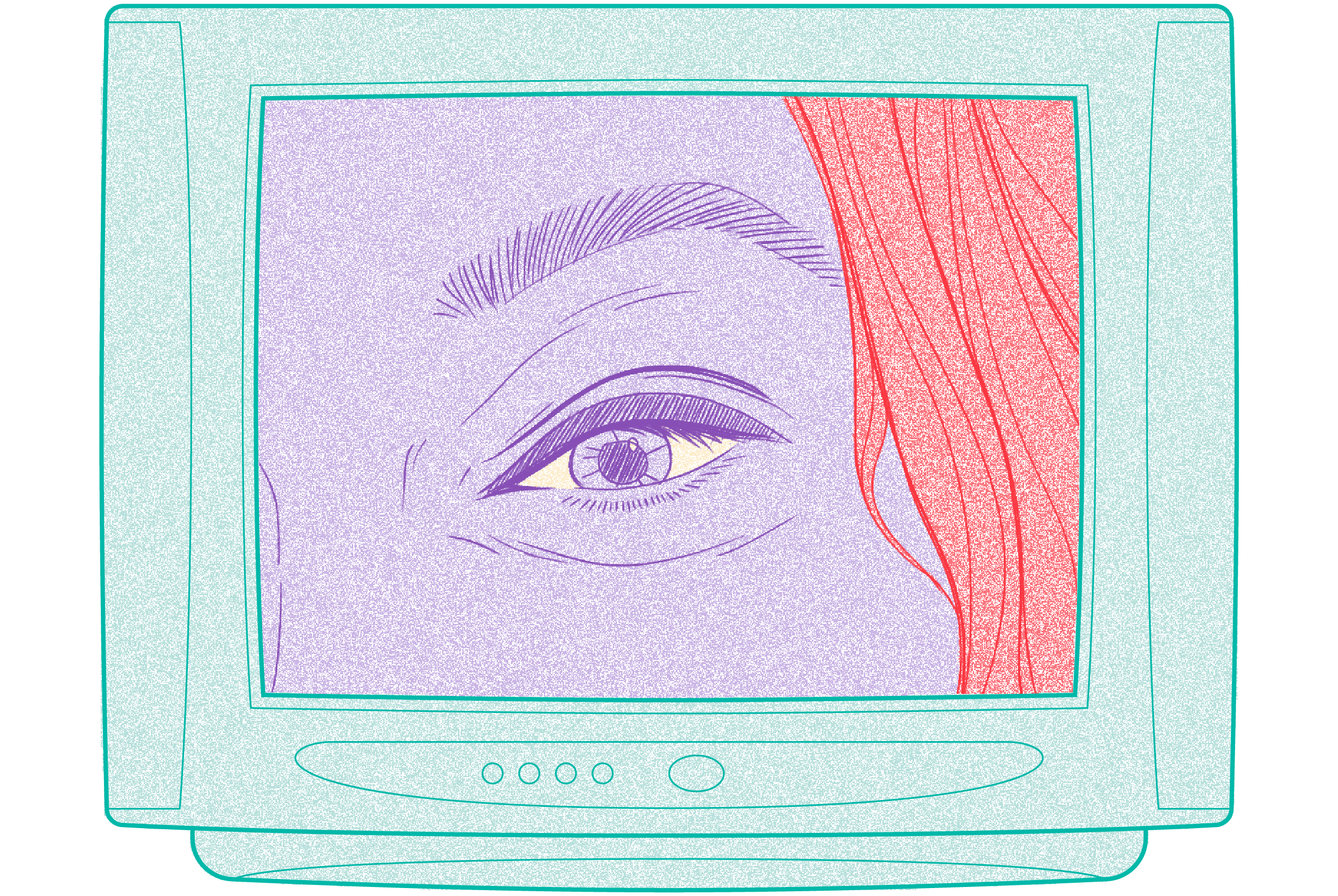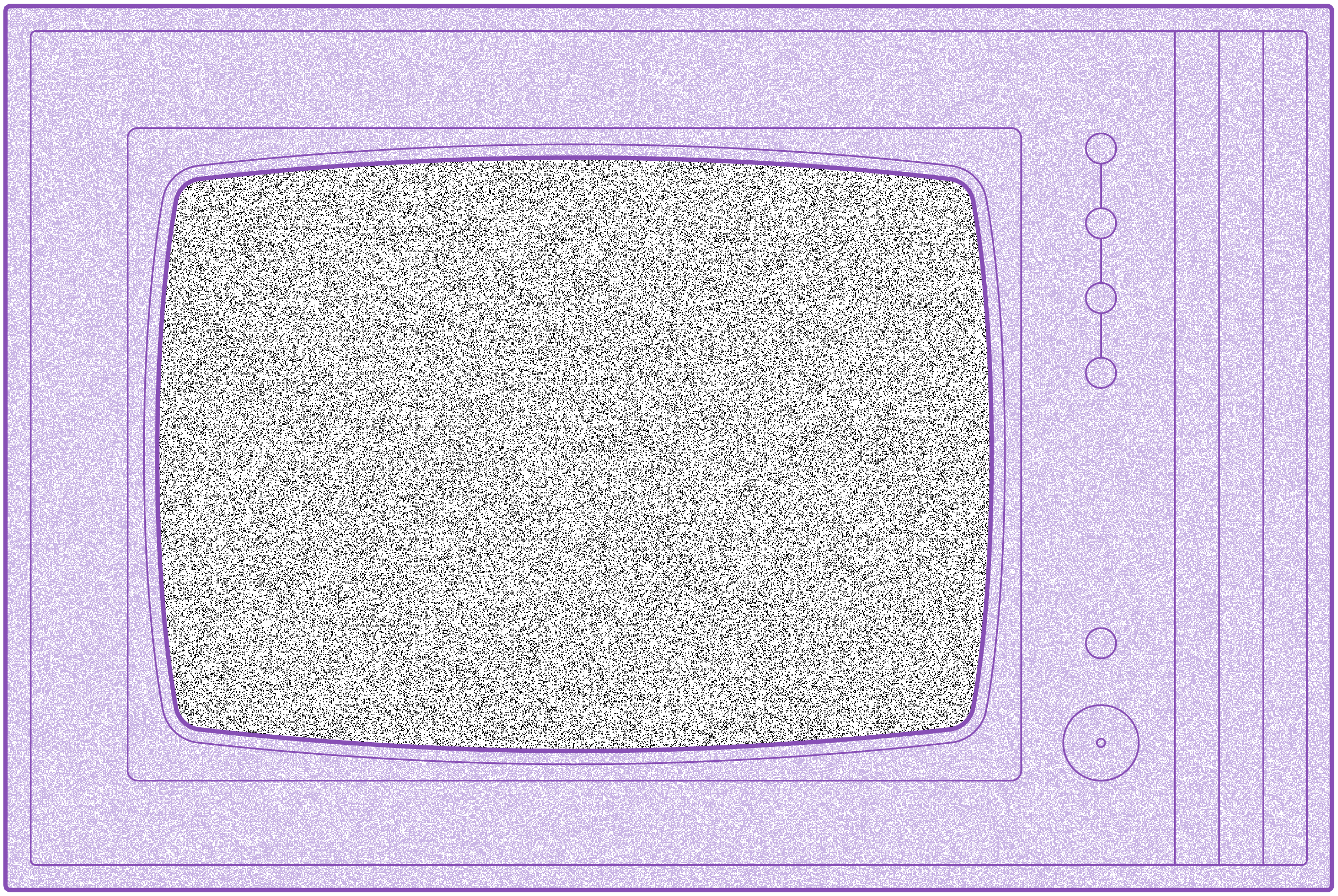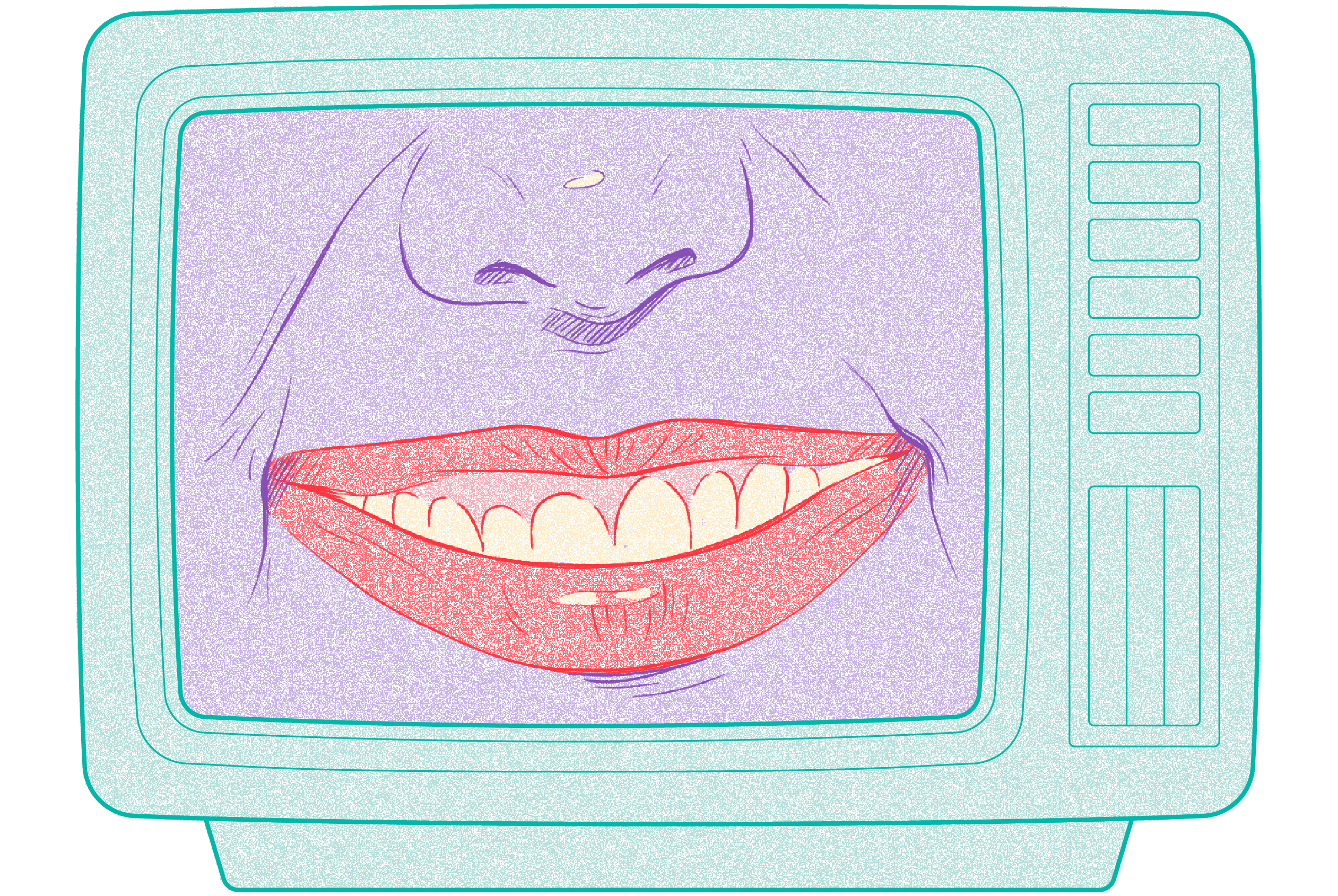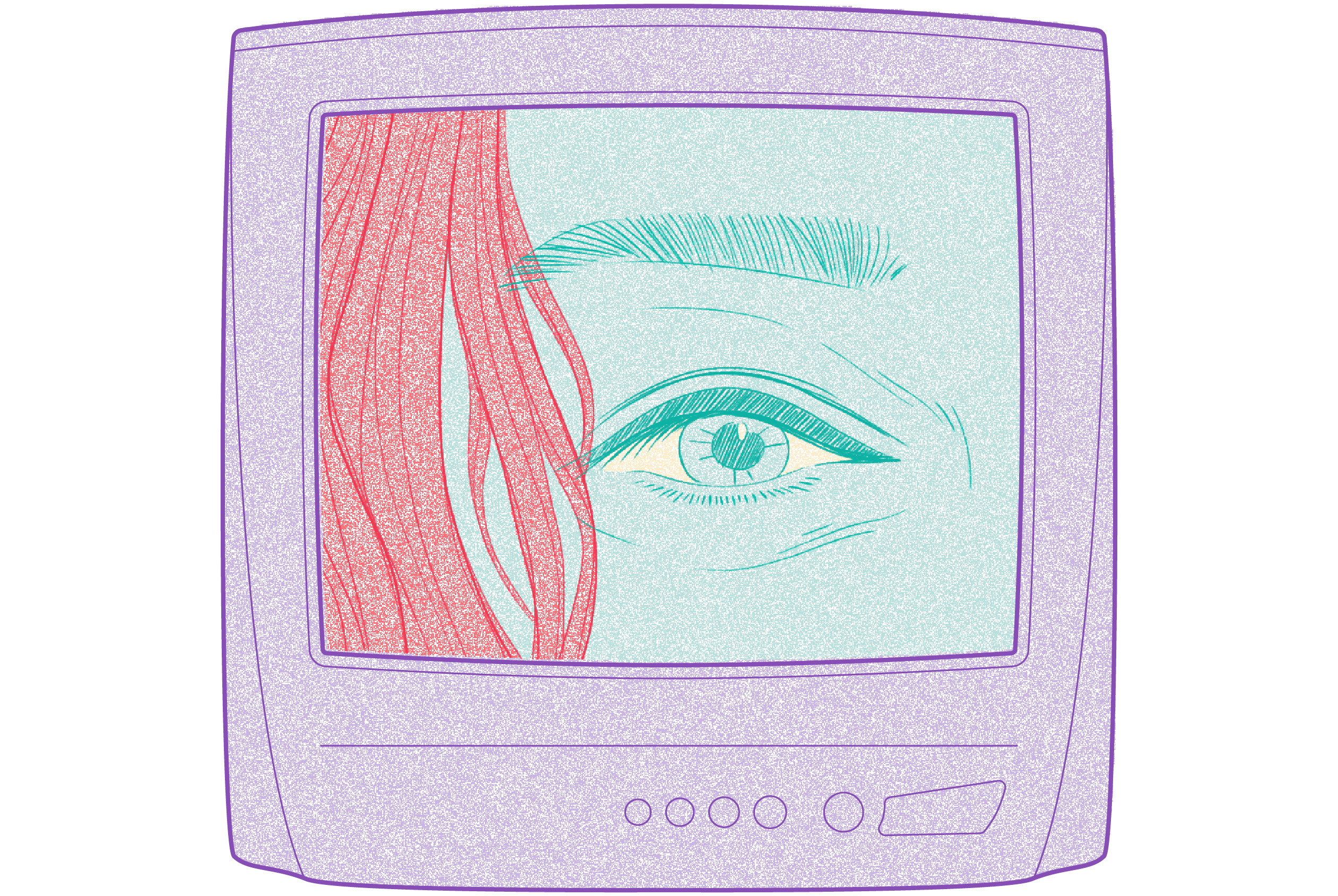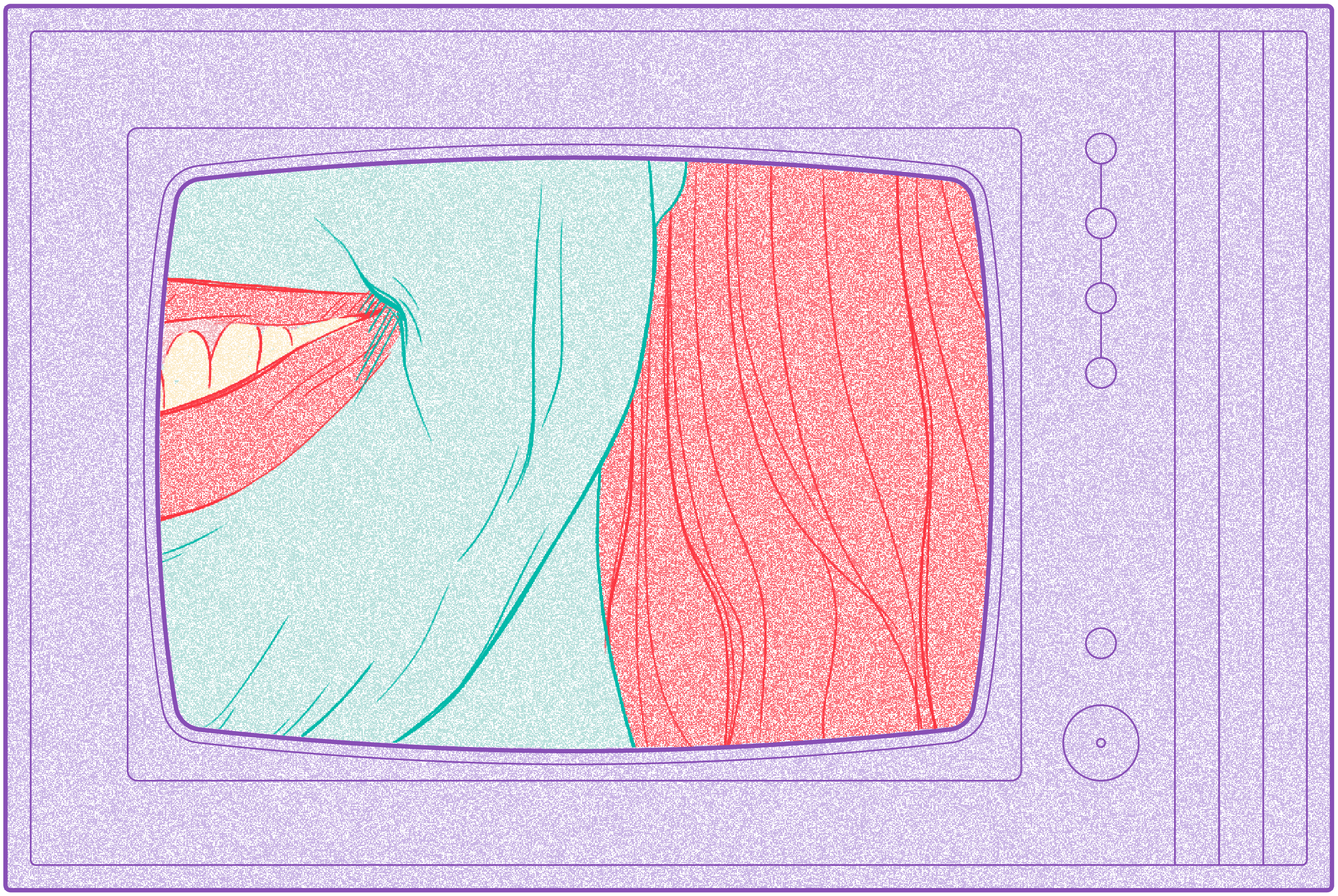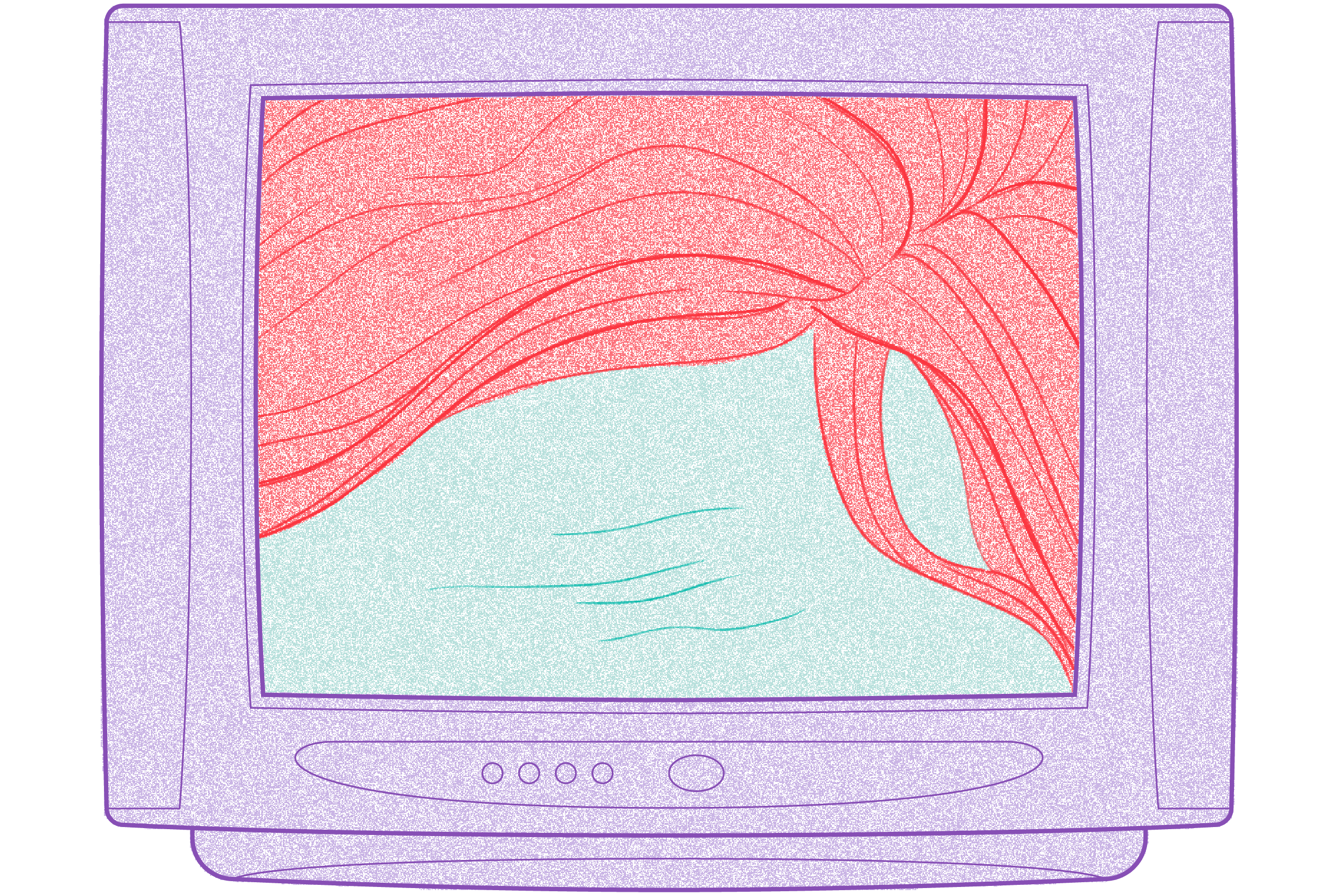2013
The Media in Transition
Being Trans* in the public eye
Written by Joshua Demaree
Illustrations by Yajurvi Vinod Haritwal
Original Article - original illustration by Patrick Jenkins
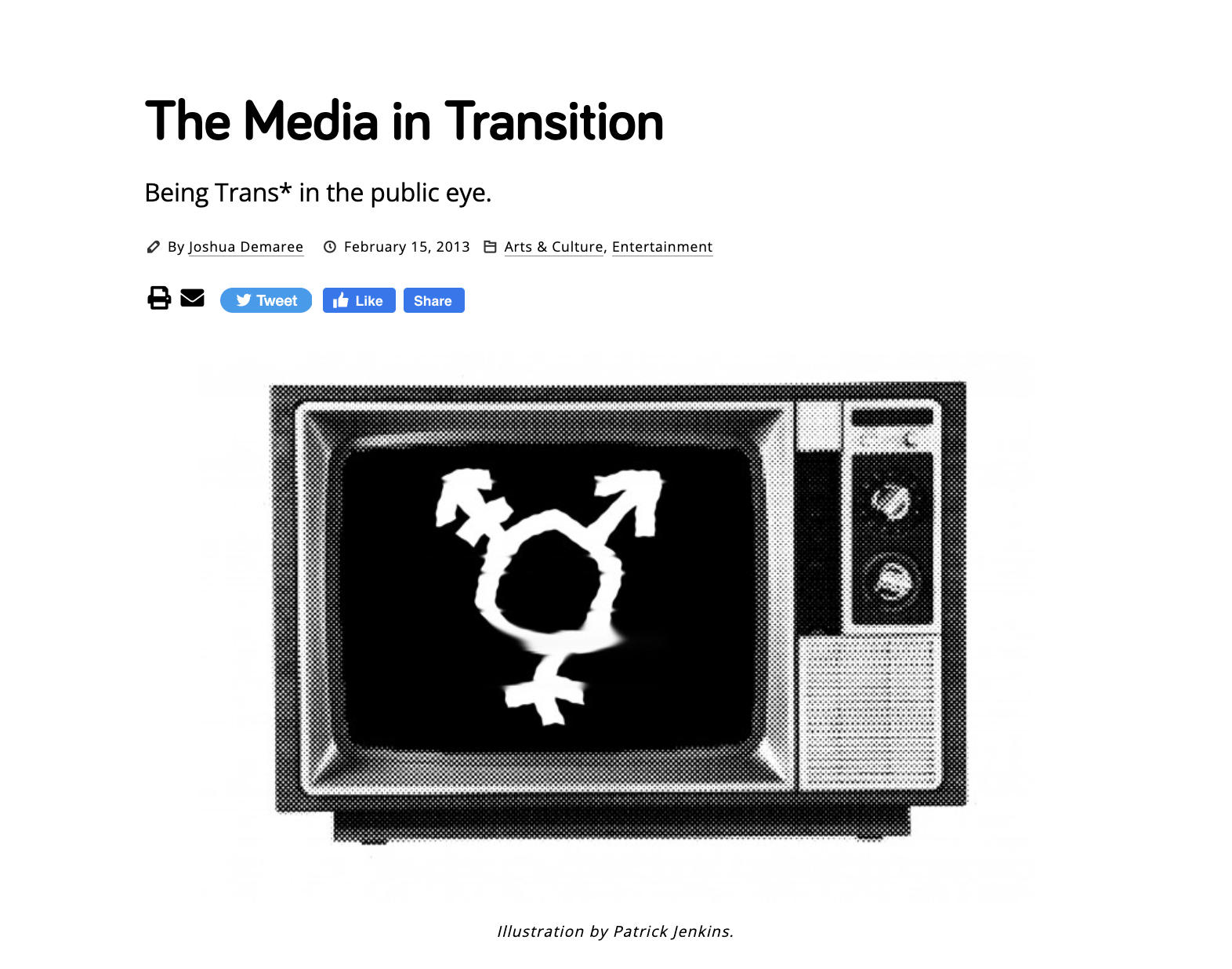
In October of 2012, Vice President Joe Biden was overheard saying that the fight against trans discrimination would be “the civil rights issue of our time.” Shortly after this, directors Tom Tykwer, Andy and Lana Wachowski released their cinematic adaptation of David Mitchell’s novel, “Cloud Atlas.” The most noted addition by the filmmakers was the movie’s fluid treatment of gender and race by its limited cast. Numerous actors appeared as several characters within the film’s meandering, time-jumping narrative. Actor Hugo Weaving appears as both male and female, white and Asian, in several storylines.
Critics were quick to connect the movie’s fluid treatment of gender as a direct correlation to director Lana Wachowski’s recent “outing” as trans during the movie’s publicity campaign. Lana, along with her brother Andy, had maintained a nearly unprecedented avoidance of public appearances since their phenomenal success with “The Matrix” trilogy. When the time came to promote “Cloud Atlas,” lead actor Tom Hanks was unavailable, and due to the movie’s convoluted narrative structure, the three-person director team decided to release a five-minute trailer with an introduction that also marked the first public appearance of Lana after her transition.
There was no “Yep, I’m Trans!” cover of Time, no tear-infused talk show confessional, just Lana, with her “Run Lola Run”-like pink dreadlocks, promoting her work and not feeling any need to justify her identity or existence. A public outing of one’s sexual identity usually focuses on how long they have known, how difficult it was to keep secret, and what brought about the decision to go public. While most gay and lesbian public figures either out themselves or are (sadly) outed by the gossip mill, Lana’s outing reveals how trans figures do not fit so nicely into this paradigm of “public outing.”
Lana noted in her acceptance speech for the Human Rights Campaign’s 2012 Visibility Award: “[Andy and I] became acutely aware of the preciousness of anonymity — understanding it as a form of virginity, something you only lose once.” Unlike sexual identity, gender identity is not something that can easily be kept private and revealed on a magazine cover. Being trans is about just that: being in a transition, one that does not always have a neat and tidy end.
Gender is as much about inward intuition as it is about outward appearance. This is why public outing as trans usually involves the before-and-after photo segment. Christine Jorgensen, the first American to publicly undergo sexual reassignment surgery in Denmark in the 1950s, spent the rest of her life as a public figure fighting the media’s disrespectful questioning regarding her genitalia and the constant comparison to her previous life as a man.
In 2009, Chaz Bono, son of Cher and Sonny Bono, received a similar treatment. A headline from the UK-based Daily Mail read: “Cher’s new ‘son’ Chaz Bono steps out for first time after announcing sex change.” The reality of the situation is that Chaz is Cher’s son, not her “son.” But as a public figure and having had a public outing, the media was inclined to dictate the terms of Chaz’s identity, in ways that it cannot in regards to sexual identity.
Very little had changed in the media’s inability to respectfully handle trans people in the fifty years between Jorgensen and Bono. Moving beyond her previous life was the reason Jorgensen underwent surgery. Her unwilling push into the public eye and her subsequent treatment by the media counteracted this process. However, in part due to figures like Lana and productions like “Cloud Atlas,” the media is itself in transition. One look at the TV Guide reveals an attempt by the media to better handle trans identities.
Television has long been the final refuge for social acceptance by mainstream culture. In the 1970s, writer and producer Norman Lear created a series of television shows, beginning with “All in the Family,” which took a progressive stance towards civil rights as depicted on television. Spin-offs “The Jeffersons” and “Maude” both broke with many perceived social mores regarding the black middle class and feminism, respectively. The success of these series revealed a national comfort with socially progressive identity issues, enough to invite them into the home week after week.
The 1970s also saw the first introduction of recurring gay characters. Police procedural “Barney Miller” introduced Marty Morrison who would appear eight times through the series’ eight seasons. By 1982, the character of Lynn Carson on “All My Children” became the first openly gay character on an American soap opera, a traditionally conservative television format. What followed was a long line of social normalization through inclusion — the most prevalent period starting with Bravo’s “Queer Eye for the Straight Guy” through Ryan Murphy’s Tyler Perry-ing of homosexuals on television with “Glee” and “The New Normal.”
With bisexuality a trope of reality shows and a homosexual storyline almost mandatory on any sitcom, it cannot be denied that television, as part of the media, has previously had trouble incorporating trans characters through a similar normalization that was used for homosexual characters. It was not until 2007’s “Dirty Sexy Money” that the first recurring trans character hit American television. Even today, trans characters are still only used in narrative tropes that hinge on the reveal of their previous identity, or as the butt of jokes (“…it turns out he was a she!”).
The media is only at the very beginning of figuring out how to portray or talk about trans people. “Glee” and “The New Normal” are not afraid to make off-color jokes regarding gays and lesbians, but they do so from a position of satire. Only when normalized and understood can a topic be treated as such, especially within a mass medium like television. “Glee’s” one trans character, Unique (wonderfully played by Alex Newell), is treated more as a cross-dresser — only dressing and identifying as female when it is necessary to other storylines — than a youth undergoing body dysphoria, or the psychological belief that one’s body is inherently flawed. Ryan Murphy’s inability to treat Unique with the same humor and relative nonchalance as his homosexual characters reveals even gay culture’s current failure to normalize a representation of being trans.
Despite headlines that continue to scare-quote someone’s chosen gender or even gay activist Dan Savage’s blatant transphobia (seen in his insistence on using the derogatory term “tranny”), public figures like Lana Wachowski and examples of gender fluidity such as her film “Cloud Atlas” reveal the media’s own transition to better incorporating and handling trans identities. Perhaps, as Vice President Biden suggests, being trans can be the new normal.
*“Trans” is used throughout to include all of the various identities found within the trans community.
